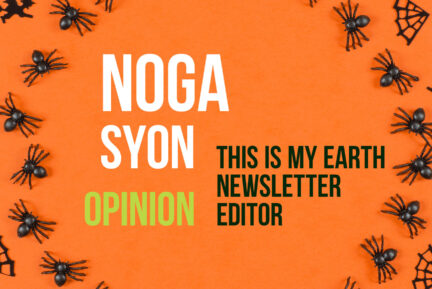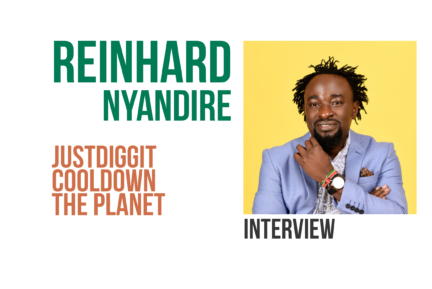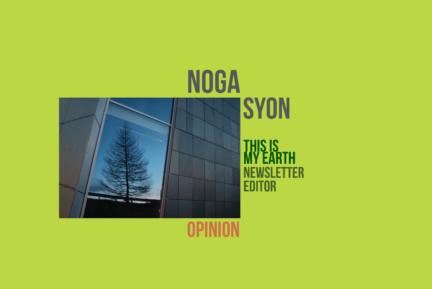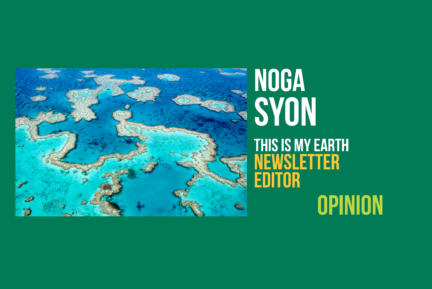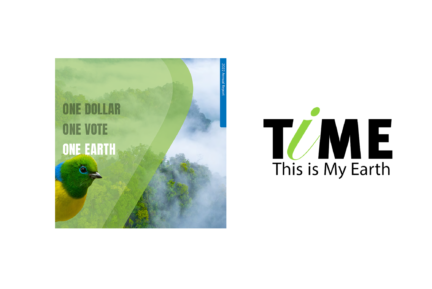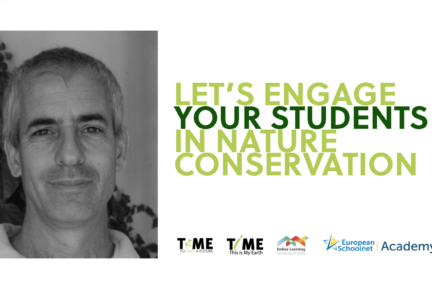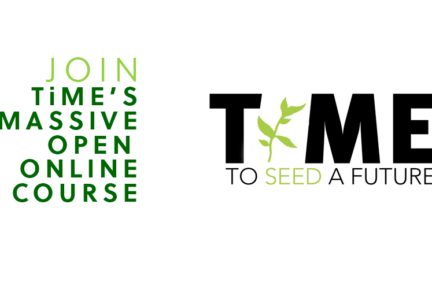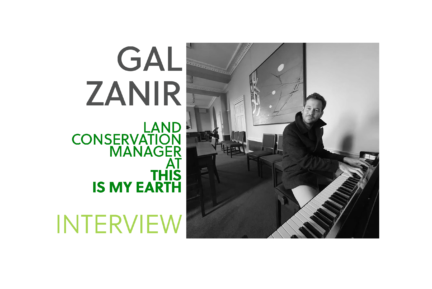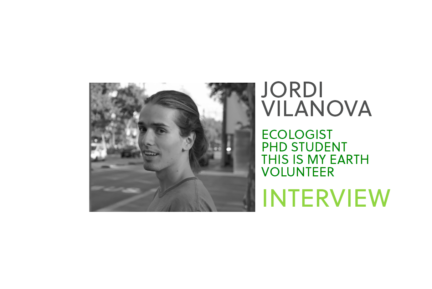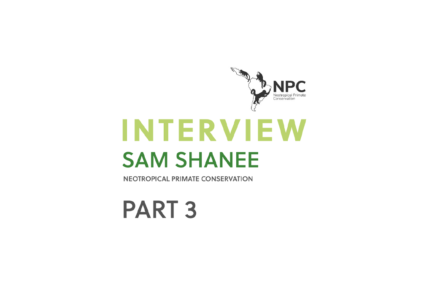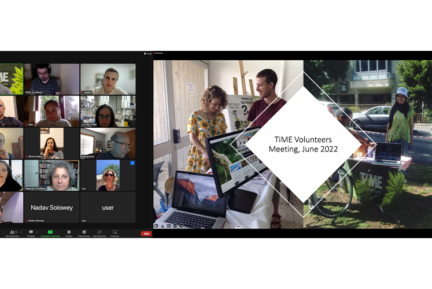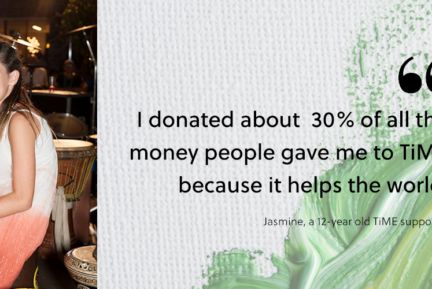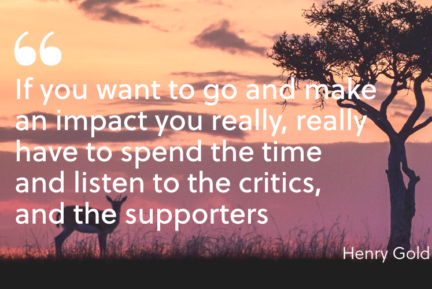We are introducing our new Land Conservation Manager, Masters in Conservation Leadership for the University of Cambridge, Gal Zanir. After his experience in many nonprofit organizations, he thinks that “Our work in TiME has the most direct impact I’ve ever experienced. No other nonprofit conservation organization has this direct impact”
Hi Gal! How would you define yourself?
Well, I guess I should start in my childhood! As a kid, I was always into nature. I was always out there, more than I was in my studies in high school. I used to go to the hills next to my hometown in Israel to look for animals. Since I can remember, nature has been my passion. Choosing wildlife biology was a natural choice and I specialized in marine biology.
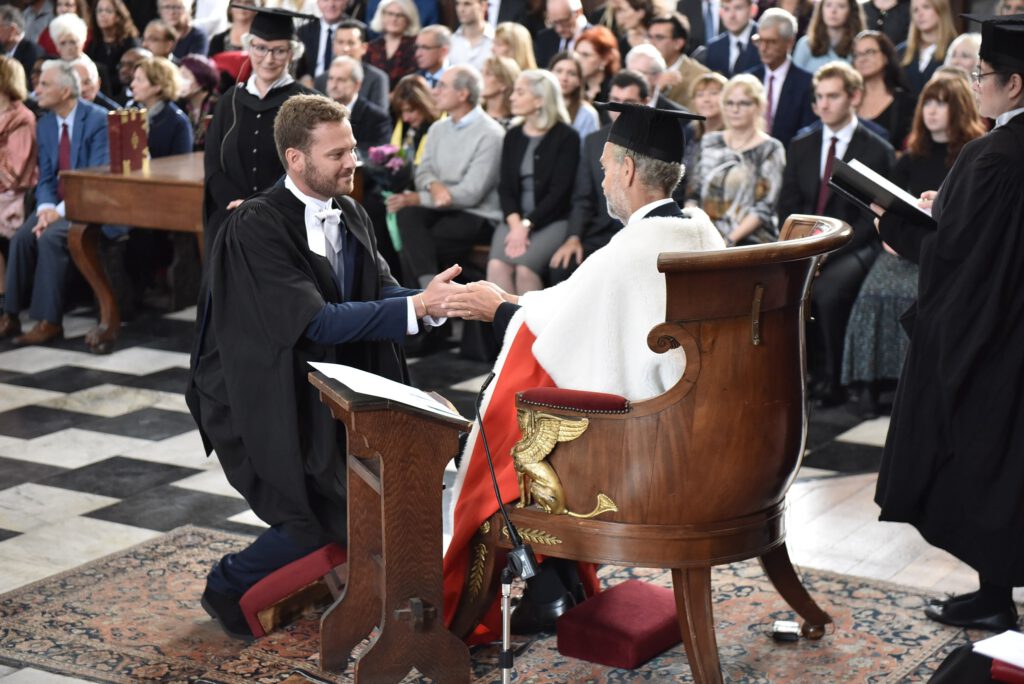
What is your role in This is My Earth?
I’m the land conservation manager, in charge of building collaboration with local NGOs [nongovernmental organizations] from all around the world. I’m assisting them with the application process. I do that through the crowdsourcing campaign. I’m also assisting them with the sometimes heavy bureaucratic processes behind land acquisition and conservation scenes. At This is My Earth, we are dealing with so many different jurisdictions and legal frameworks, so it is a very crucial task.
What is the biggest challenge of your role?
I can say, for now, that the biggest challenge is that we are a small but yet very ambitious organization, and getting to connect with new, quality partners and reaching out to them is the number one challenge. More people should know about us.
When you tell people about TiME, what do you tell them?
I think This is My Earth has a very good narrative and it is quite easy to get people on board. So when people hear about what we are doing, they get very excited. I think it’s about forming a community and treating TiME as our common goal, with a sense of belonging and a sense of mission.
How do you think TiME can be appealing to people who don’t care much about nature or climate change?
I would say to them, “nature is beautiful” and it is appealing, as it affects your daily life as much as any other human on the planet. TiME brings you stories from the ground and from the local context of many communities, and beautiful scenarios from around the world. It’s up to you to save them. Allow yourself to feel the importance of nature.
Do you remember a particular occasion when your passion for nature was revealed to you?
That is an interesting question, because lots of conservationists would recall a memory from childhood in which they got to understand that nature is endangered and threatened by our actions. For me, that was in the hills in my hometown in Israel. These hills to where I used to run off and look for animals were my playground. I used to go there with my camera, taking pictures of wildlife, until one day bulldozers came in and started to flatten the hills one after the other. That was the first day I’d ever seen a bulldozer, and there were so many of them. Like an army.
Where did they come from?
The first day, they came from the very same cliff where bee-eaters nest, and it was during the nesting season, so I saw the nests falling down and the birds flying away. I was 15 or 16 by then, and I remember feeling so much sadness and so much anger. I could not remain apathetic on such an occasion. It became clear to me that day that there’s something we have to do for these things not to happen.
As a teenager it must have been hard to standstill…
Even before, when I was 7, I published an article in the newspaper of my school talking about nature conservation. So I think I was always bearing this sense of responsibility for the environment.
How did your studies go?
During my second year of the Marine biology Bachelor’s, I co-funded a biotechnology company, called Wild Biotech. The company is still running these days. Through Wild Biotech, we were building the largest annotated metagenomic database of wild-animal microbiota on the planet. So we used to go on expeditions around the world to look for microbiota from wild animals and then we could basically analyze what evolutionary adaptations have been taking place within the guts of wild animals. It was fascinating.
What can microbiota tell us about our biological history?
It can help us understand how adaptation takes place biologically speaking and monitor which species are better prepared to adapt to the current climate-change situation and, therefore, see how can we engage in more effective nature-conservation action. It can also be used as a source to develop treatments for certain diseases.
Why did you leave this project?
It was great, but it is not my real passion. I was on the ground with wild animals, but we were also developing drugs for human medicine. The goal was beautiful, but I am more passionate about animals themselves.
When did you change your path?
It was during COVID. I decided to join Cambridge University and I started a Master’s in nature conservation leadership. It has been a great experience and I’ve got to know many great conservationists from around the world. I realized that I wanted to fully dedicate myself to nature conservation. Once I graduated, I always had This is My Earth in my mind. I’ve always been very fond of the idea, the model, the ambition and the people behind TiME. So I wanted to take all those tools I’ve learned throughout the years and put them at the service of TiME because our work in TiME has the most direct impact I’ve ever experienced in a nonprofit conservation organization
How did you get to know This is My Earth?
I’m originally from Israel, although I’m currently living in the United Kingdom, and This is My Earth’s founder, Professor Uri Shanas, is quite well known. I think someone told me about it and I immediately fell for it. Combining volunteer-based work with democracy, crowdfunding and science is the best formula to overcome the crisis we are living in.
Has it been easy for you to find people with the same mindset?
To be honest, the first time I have really felt like I belonged to a conservationist community has been here in Cambridge at age 30 (almost). It depends where you are coming from, but it seems to me like in my surroundings, there were other priorities, nonetheless important, but the first time I have seen such a strong community of people from around the world sharing the same passion for nature as I do has been here in the United Kingdom. And it is energizing!
If you want to protect nature, make sure you surround yourself with people who give you this positive energy and mindset. Join TiME!
It is very easy to understand how land conservation works, but what can you tell us about marine conservation?
It is indeed a complex field. On land, we know that habitat degradation and destruction are the main challenges we are facing. In the oceans, it is more tricky, because it is about overfishing and pollution happening, most of the time, in areas beyond national jurisdiction. In international waters, it is very difficult to enforce who is doing what. Effective ocean conservation needs a broader amount of international collaboration, agreements and treaties than land conservation. What we do as consumers is also crucial.
Is there room for optimism in marine conservation?
I think so. Compared to land conservation, where sometimes it is much harder to see real improvement, in marine protected areas, we see the effects of our actions very quickly. In general, you only need a few years to see dramatic changes in protected areas in terms of flora and fauna.
How is nature important in your musical career?
(Laughing) I wouldn’t call it a career, but I play several instruments and I’m starting to work on it. Nature is, of course, a source of inspiration. Lots of my songs talk about nature. I know a lot of the people reading this interview feel the same love.
What is the most beautiful sunrise you have ever seen?
I think it was in the Falkland Islands, between Argentina and Antarctica. Because it is so close to the pole, you can see the longest sunrises and sunsets that I’ve ever seen. The whole day is basically a sunset and a sunrise.

Finally, how would you measure the most direct impact of our work in TiME?
Our work in TiME is the most direct impact I’ve ever experienced in any nonprofit organization or nature-conservation project. Donating to TiME is investing in life and in real action, through democracy and education and with scientific guidance. There is no other organization like This is My Earth right now.

